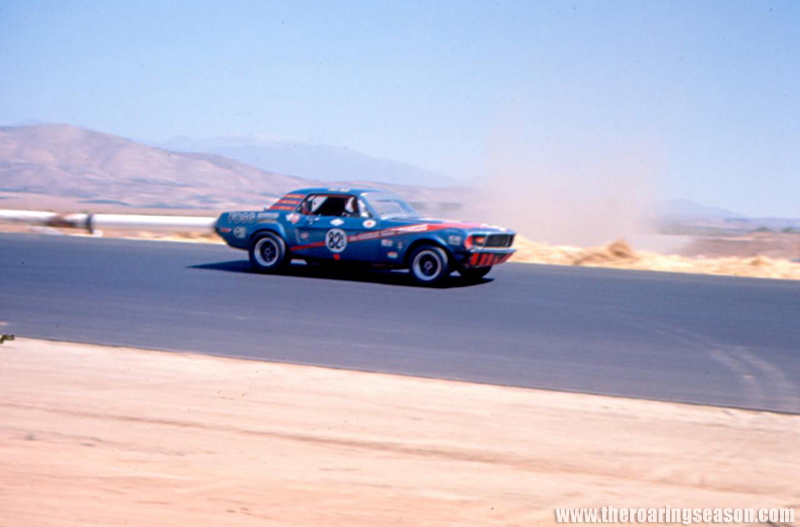These pics were given to me by Daniel Mensinger. Daniel and his father John have amassed quite a collection of photos taken at Riverside Raceway, from 1963, through 1981. The great Riverside venue, which hosted all the important US championships, including Trans-Am and Can-Am, eventually went the way of many race tracks as its land value exceeded that of its worth as a race track, and it was bulldozed.
I'm hoping I might eventually get to run a full thread on Daniel's collection at a later date. For now, here are some cool Trans-Am pics from the 1969 Riverside round, which was the final round that season.
First up, this is Jon Hall in his independent Mustang coupe.





 Reply With Quote
Reply With Quote



